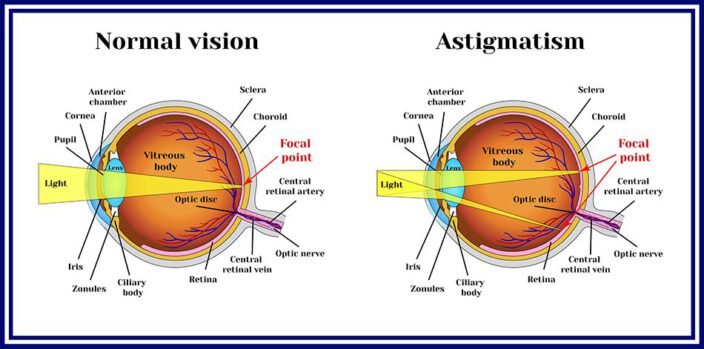How Orthokeratology Functions and Possible Risks

Orthokeratology, or ortho-k, is the use of overnight contact lenses to correct myopia.
When the cornea’s shape is too curved, myopia develops. This alters the path of light entering the eye, resulting in an out-of-focus image. These specialised gas permeable (GP) contact lenses reshape your cornea overnight so that you can wake up with an optimal vision.
Those with modest to moderate myopia (nearsightedness) are the greatest candidates for ortho-k. Even more so if laser eye surgery is not an option. Orthokeratology allows for enhanced daytime vision without the need for spectacles or contacts. In addition, the procedure is reversible, so you can begin and end it at any time.
The purpose of overnight contact lenses is to correct refractive errors, but they can also slow the progression of myopia. This is notably useful for the early onset of myopia.
When nearsightedness begins in childhood or during adolescence, the risk of developing high myopia is elevated. In addition, high myopia increases a person’s susceptibility to age-related eye conditions, such as glaucoma. Implementing orthokeratology at an early age can reduce the prevalence of high myopia.
It goes without saying that ortho-k is not appropriate for all children. If you already have severe myopia, it is unlikely that this procedure will improve your vision. Consult your eye care professional in order to determine if you are a suitable candidate.
How does Ortho-K Function?
Unlike conventional contact lenses, the GP contacts used for ortho-k are custom-fit and designed specifically for you. Therefore, these lenses are only available from opticians with ortho-k training.
When beginning the orthokeratology procedure, a treatment phase must be completed. The one to two-week treatment phase allows your eyes to acclimatise to the overnight lenses. Depending on your prescription, you may require additional or decreased adjustment time. It is common to wear daily soft contact lenses throughout the day to compensate for the progressive alterations. After the treatment phase, the shape of your corneas will have changed sufficiently to allow you to see clearly. After consistent use, some individuals can maintain the desired effect by donning their contact lenses every other night.
In addition to corneal reshaping, your body will need to adjust to falling unconscious while wearing contact lenses. If you have never once worn contact lenses before, you may initially observe the lenses’ contours. Even when worn during the day, GP contacts are rarely initially pleasant for first-time consumers. However, rest assured that these contact lenses are innocuous when properly fitted.
What are the Risks of Ortho-K?
The hazards associated with orthokeratology are identical to those associated with other types of contact lenses.
As with soft contact lenses, overnight contact lenses must be handled with care. Cleanliness and hygiene go a long way towards preventing eye infections. After every use, you should disinfect, sanitise, and rinse your contact lenses. This is because an accumulation of deposits can make lenses bothersome and distort vision.
As with any vision correction bay city mi technique, it is always advisable to consult a trained eye specialist. After a comprehensive eye exam, they can provide you with specific guidelines regarding the suitability of ortho-k. Remember that orthokeratology requires additional training that not all optometrists possess. Be sure to inquire about their ortho-k qualifications prior to scheduling an appointment.
